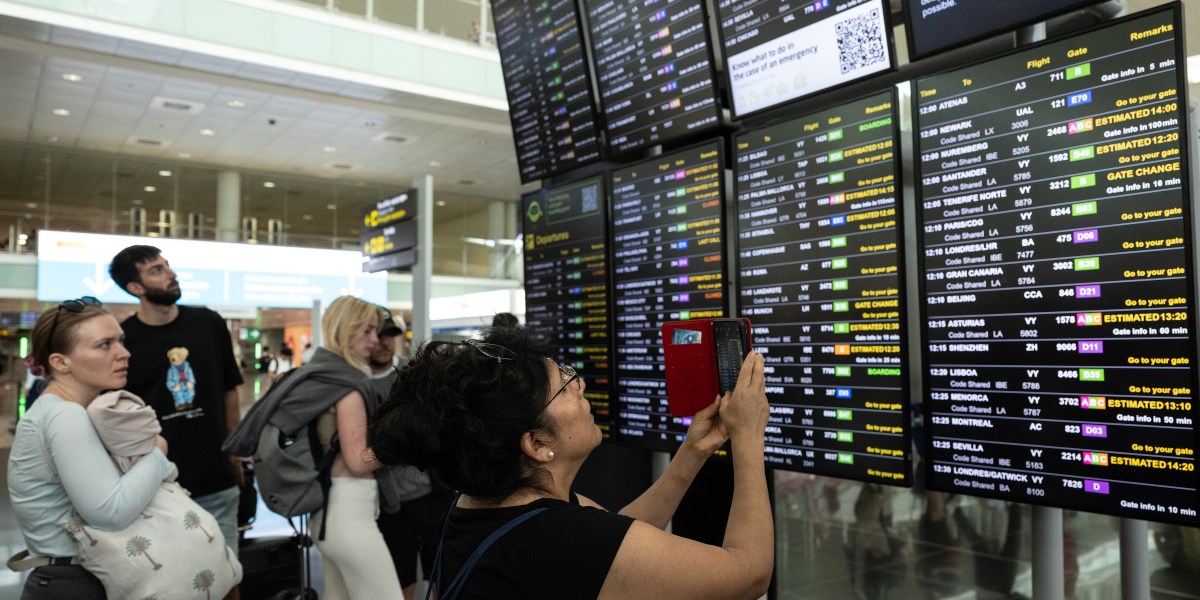George Kurtz, CEO of Crowdstrike, said that the company was actively working with customers affected by the defect, found in a single content update for Windows machines.
“This is not a security incident or cyberattack,” he said in a statement on X. “The issue has been identified, isolated and a fix has been deployed. We refer customers to the support portal for the latest updates and will continue to provide complete and continuous updates on our website.” CrowdStrike pointed MIT Technology Review to its blog with additional updates for customers.
What caused the issue?
The issue originates from a faulty update from the cybersecurity provider CrowdStrike, which has knocked affected servers and PCs offline and caused some Windows workstations to display the “blue screen of death” when users attempt to boot them. Mac and Linux hosts are not affected.
The update was intended for CrowdStrike’s Falcon software, which is “endpoint detection and response” software designed to protect companies’ computer systems from cyberattacks and malware. But instead of working as expected, the update caused computers running Windows software to crash and fail to reboot. Home PCs running Windows are less likely to have been affected, because CrowdStrike is predominantly used by large organizations. Microsoft did not immediately respond to a request for comment.
“The CrowdStrike software works at the low-level operating system layer. Issues at this level make the OS not bootable,” says Lukasz Olejnik, an independent cybersecurity researcher and consultant, and author of Philosophy of Cybersecurity.
Not all computers running Windows were affected in the same way, he says, pointing out that if a machine’s systems had been turned off at the time CrowdStrike pushed out the update (which has since been withdrawn), it wouldn’t have received it.
For the machines running systems that received the mangled update and were rebooted, an automated update from CloudStrike’s server management infrastructure should suffice, he says.
“But in thousands or millions of cases, this may require manual human intervention,” he adds. “That means a really bad weekend ahead for plenty of IT staff.”



